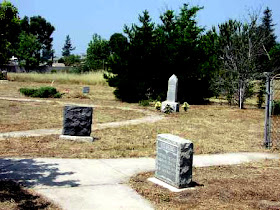If you look at a map of the 21 Spanish missions from
The goal of the Spanish government was to recruit local First Nation peoples, then convert, educate, and ‘civilize’, turning them into Spanish colonial citizens. Total assimilation of native populations into European culture and the Catholic religion was a doctrine established in 1531 in
Mission San Gabriel Archangel was one of the earlier ones, having begun in 1771 and eventually grew to a large structure with a high bell tower, which, after being destroyed in an earthquake, was redone as a companario incorporated into the walls, as we see it today.
Bells were used in the missions to call everyone to the church for services starting at sunrise, to communicate the time of day and to regulate daily life in the community. The bells used in the early missions were sent by ship
Though their website appears to currently be under the weather, the mission complex is still very active and their annual Labor Day fiesta is coming up this weekend.
In developing the album of songs devoted to landmarks in
BELLS OF
Chime the infant’s new arrival
Confirmation rise and sing
Praise the joy of a wedding
Neath the archangel’s wing
(Chorus) Ring the praises of the savior
Bring the message of the bells
Blessed by the holy father
Sound the passing of a patron
Call us to our daily meals
From the campanario
Bring us home from the fields
Location:
Listed on the National Register of Historic Places: NPS-71000158
Google maps: 34.097546,-118.108606

















































